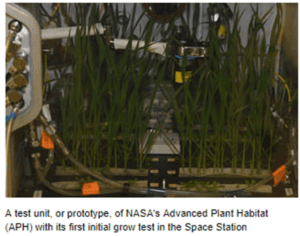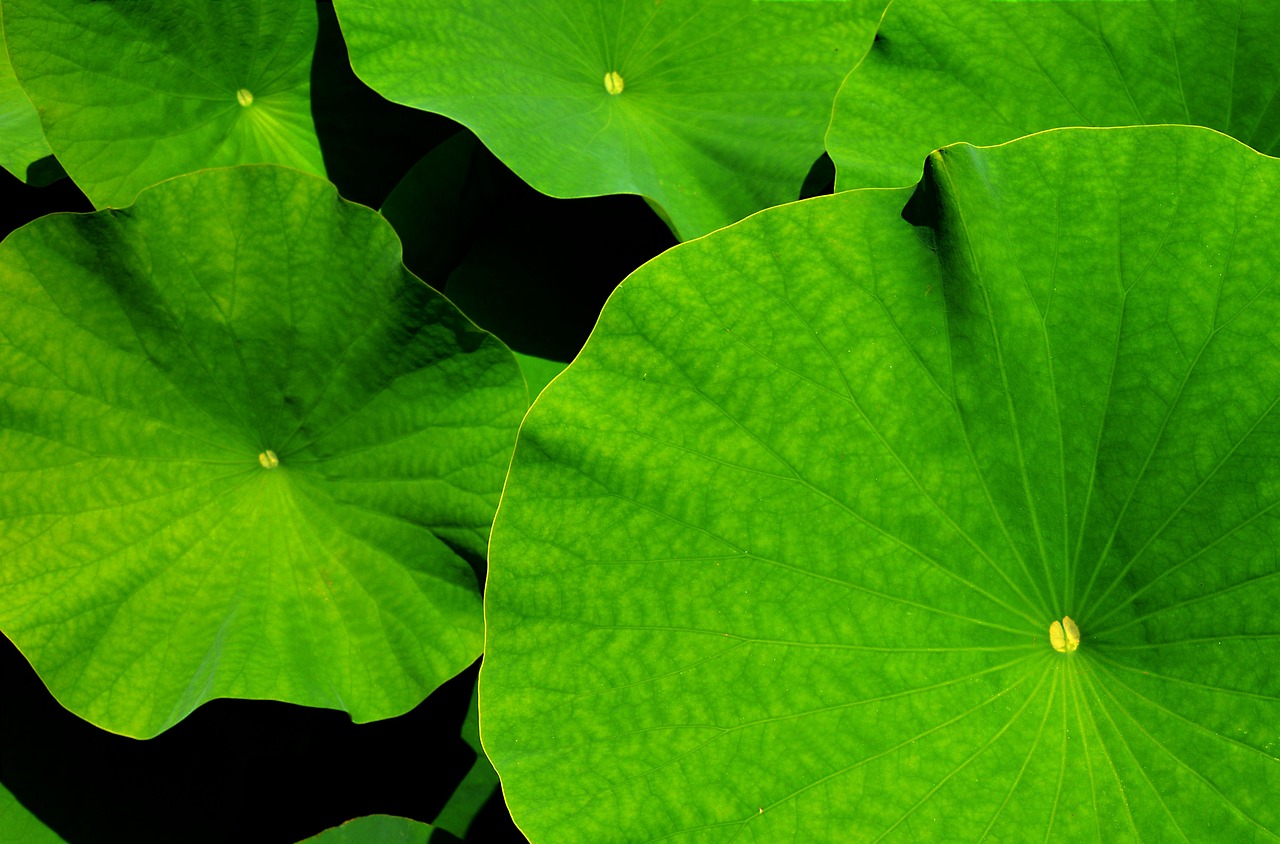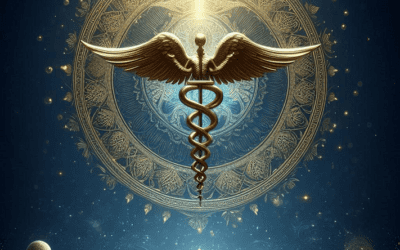Plants in Space by C T Moses

The ‘Green Wall’ in Longwood Gardens
Imagine retreating to this green space after spending hours cooped up in a spacesuit or office. People get a breath of clean air and escape from displays and flat surfaces. Boredom becomes less of an issue.
Let’s consider the opportunities: Tourism, Trading, Pride of Place – the satisfaction of the green space itself.
Gardens are works of art and are highly dependent on the vision of the creator. Each is unique and can be a great attraction for visitors. Well-crafted gardens tell a story. The smell of the greenery leads to flowers and sights which are continuously changing. Amusement Parks spend resources to ensure their supporting gardens complement
Let’s consider how plants will respond to growing under various conditions. We are familiar with plants growing in fields and around our dwellings. Sometimes they take over and sometimes they do poorly. What do plants need?
Water, light, air, warmth, and ideal nutrients are essential. Exactly what animals need to thrive! Complementary evolution, or coevolution, is the term used for lifeforms that depend on each other.
Water and air transport nutrients, gasses, and toxins to support various processes. Light provides the energy necessary for photosynthesis and the making of sugars. Warmth has to fall within the “Goldilocks” zone of temperatures suitable to support life. Nutrients are resources used to build structures and manage chemical processes. Most nutrients are trace minerals extracted from growing media.
Plant Responses
Plants grow towards light, a process known as heliotropism.
A plant is a carbon-capturing organism that uses photosynthesis to generate sugars.
The green parts grow towards light while roots kept in the dark spread to support the plant and gather nutrients.
Green parts, where photosynthesis in chlorophyll occurs, can consist of leaves, stems, and other structures of the plant. Photosynthesis requires red or blue light; green light is either reflected or transmitted through plant material. (Why plants look green!)

From: en.wikipedia.org/wiki/Action_spectrum
Roots need moisture and air. An advantage to keeping roots in the dark is the reduction of unwanted mosses or bacteria which may inhibit growth. Air provides CO2 and removes O2 as part of the photosynthesis process. Sugars are then used for a multitude of purposes, like a small factory. Some sugars are held in reserve in fruiting bodies, roots, and various softer tissues.
Harder tissues, lignited, are processed from sugars.
Interestingly enough, plants can defy gravity by growing in unexpected directions.

Upside Down Hanging Gardens of Singapore
By controlling the light, it is possible to force a plant to grow, bloom, or not grow at all. In one experiment, a wheat plant was held in pre-bloom stage for years because it did not meet its light requirement.
Micro-climates generated by plants
As matter (gas, liquid, and solid) is moved, plants generate a micro-climate. Oxygen and Carbon Dioxide exchange creates air flow. Water moves through evaporation, absorption, and internal flows. Fruits, leaves, stems, and roots move carbon and nutrients while building their structures. Movement of matter generates electric fields which the plant uses to control the space around it.
Water characteristics and pH
Plants need a pH of less than 6.5 to be able to take up nutrients, Nitrogen, Phosphorus, Potassium (N – P – K), and trace minerals. (Iron, Copper, Magnesium, Calcium, Sodium, Chlorine, etc.). Some plants
Plant Products
Farmers and gardeners take advantage of plant responses.
Geranium and Poinsettia growers can have plants ready for their customers by growing them in special rooms with certain light exposures.
Partially harvesting fruits encourages larger fruits desired by people and for machine processing.
By selectively growing larger fruits, farmers have changed:
- The grass, Teosinte, into the modern corn plant
- Almonds have grown from a toxic bitter fruit to a favorite (and safe) snack.
- Apples, the size and taste of a bitter nut, to sweet varieties as large as a child’s head
By timing light, moisture, and tillage, desired crops can be easily encouraged while reducing the population of undesired plants (weeds).
In Oak: The Framework of Civilization, trees are grown in certain ways to provide clear lumber, knots, or to provide certain sizes or services. By “copsing” an oak, the shoots all grow at about the same rate resulting in uniform poles suitable for construction. “Pollarding” an oak keeps the trunk so shoots stay out of reach of animals and still provide poles. Some fences consist of pollard oaks. Old oaks were selected by growth to provide specialized parts for ship construction.
Recent Experiments by CT Moses
As a casual gardener, I try speaking “plant”. Treebeard, in Lord Of The Rings, explained, “Plants talk. It takes time to listen.” In essence, one has to get their attention and then understand what they say. To keep a rose blooming, the old blossoms must be removed. The rose must bloom to prepare for the next generation; once seeds are set, the rose stops blooming. Shaping a tree or bush can take years as removing more than a third of the plant may shock or kill it.
Plant shock is expressed as dying, wilting, changing color, sudden growth, or just not changing.
Experts in Bonsai are so familiar with plant response that roots are covered and uncovered to force desired branch growth.
Current experiments include shaping bushes and pollarding oak saplings to make a fence.
Growing plants upside down requires making sure the roots are adequately watered and that the plant gets enough light in the right places to continue growing. Vine type plants are more convenient when one does not have to string them up or bend down to harvest fruits.
To understand how things would grow in space, have invested in various growing systems including a variety of aeroponics. Water and earth are very heavy so the likely medium for growing greens in space would be misting.
Aquaponics – Hydroponics – Aeroponics
Recent Experiments in Space

The PHARMER project, in 2017 on the International Space Station, explored various ways to grow plants in space. Big concerns are the growth rates and survivability of plants traveling and growing in micro-gravity environments. Another concern is water which is heavy and can cause failures in electronics, undesired chemical reactions, and corrosion.
In the Enzmann Starships and the Echolances, there are levels of gardens. It takes 60′ of green surface to generate enough oxygen for one person. Then, of course, is the food. We can call these levels the Green Man Decks.





